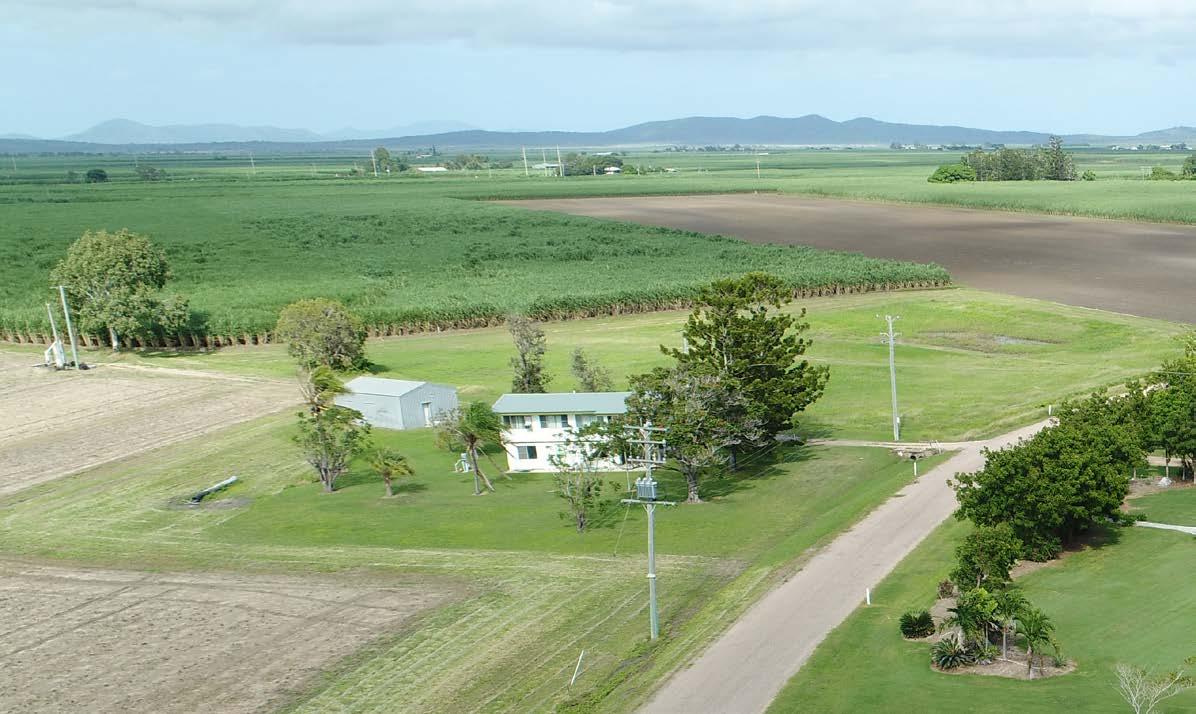Myth-busting Reef WATER Queensland's sugarcane growers have consistently demonstrated a strong commitment to improving farm practices for both productivity and sustainability. CANEGROWERS supports efforts to understand and, where necessary, better manage the interaction between farming, water quality in Great Barrier Reef catchments and the health of ecosystems in the Reef lagoon. But government targets for Reef water quality and the farm practice criteria and reporting methods involved have set growers up for failure. Some of the major flaws underpinning government policies, programs and targets for water quality are listed here. These are the pernicious and persistent myths that offend CANEGROWERS and its members and subject the industry to increasing levels of regulation.
MYTH 1: "We are on the same page about what is ‘best practice’"
MYTH 2: "It is all about the Queensland Government"
BUSTED: If only! How the Federal and Queensland governments want growers to manage nutrients, or other aspects of farming, is defined under their Paddock to Reef modelling program. This program’s criteria for defining practice standards are often at odds with what the industry defines as best practice, as described in the Smartcane BMP program which is based on science, including agronomic research undertaken by Sugar Research Australia in collaboration with growers.
BUSTED: We wish! The Federal and Queensland governments are partners in the Reef 2050 Long-Term Sustainability Plan, which is their strategy for protecting and managing the Great Barrier Reef. All the policies and programs from both levels of government are based on this plan, including the regulations imposed by the Queensland Government. In fact, the recently updated Reef Plan includes the following statement as one of the key achievements of this Federal-State partnership:
For example, Smartcane BMP requires growers to use the SIX EASY STEPS (6ES) program for estimating the nutrient needs of their crop, with any refinement of this to be based on leaf analysis, strip trials or guidance in SRA’s 6ES toolbox. However, to qualify for best practice (B standard) in the Paddock to Reef program, a grower needs to use nitrogen (N) rates derived from the Block Yield method. This means using N rates that are up to 30% below industry best practice 6ES. There is no evidence to support use of the Block Yield method by growers. Quite the opposite. A recent CANEGROWERS analysis found there would be huge costs to growers and regional economies from widespread adoption of this B standard practice for nitrogen management. The Queensland Government based its justification for the additional 2019 regulations on the impact of the Block Yield method on water quality (while assuming it would not affect yield!). However, the Federal Government also uses the B practice standard as the outcome required from its reef incentive programs. This includes the projects currently being funded or considered by the Great Barrier Reef Foundation, on behalf of the Federal Government. This leads on to the next myth…
30
“On 1 December 2019, new Queensland regulations came into effect to enhance water quality outcomes by tackling all land-based sources of water pollution to the Reef.” Both levels of government have also set a target of: “90% of agricultural land in priority areas managed using best management practice for water quality outcomes”. For growers, this requires the B standard in Paddock to Reef, i.e. the Block Yield method for nitrogen rates explained in Myth 1. It is hard to overstate the level of crossgovernment political and bureaucratic investment in the existing Reef plans and policies. Consequently, there is strong resistance to any questioning of the rationale, soundness or effectiveness of the plans and policies. This is a great shame given the intent of our questioning is to make the plan and its policies more credible and relevant to growers.












